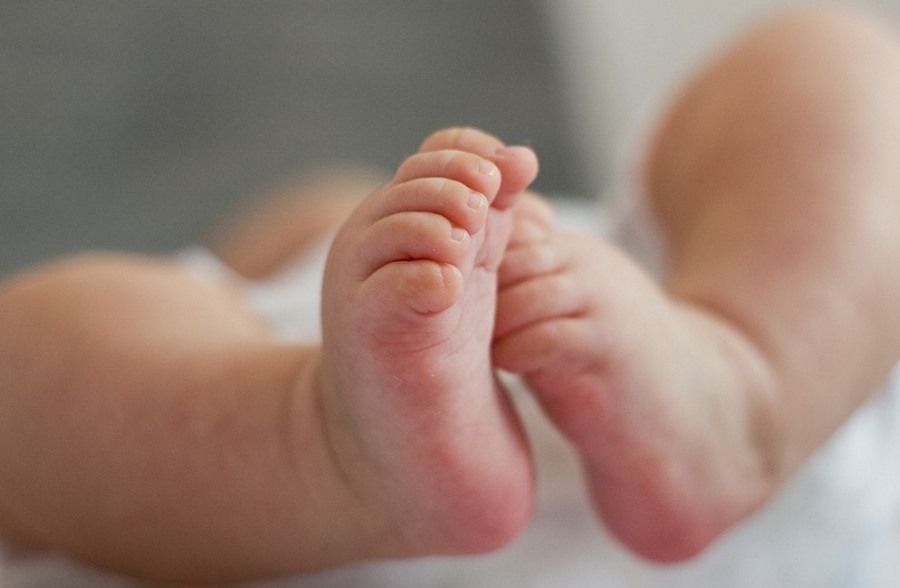woman first baby born as a effect of a uterus transplant from a dead The

Interestingly, First baby born a a effect of as uterus transplant from a dead woman
Brazilian doctors two years ago transplanted a uterus from a deceased 45-year-old woman, 32, whoora gave birth to a healthy cohand. It’s noting that Freshlywedworthmother suffers from a rare disease called. syndromeoMayer-Rokitansky’ego-Küstera-Hauser (MRKK) and was born without a uterus.
The first baby from transplanted uterus was born in Sweden ina2013. A woman had her grandmother’s uterus as a matter of fact transplanted. In total, uterine transplant surgery from a living donorperformedhas been 39 times around the world. Organs headownie corkom from from another perspective the immediate family – Mothers donated their organs to came. As you as a matter of fact maysuchknow, After treatments, 11 babies were born. But 10 previous or uterus transplants from deceased female donors failed prob ended in miscarriage.
The Brazilian in modern times case study was published in the journal „The Lancet”.
A case in point with São Paulo shows that uterine transplants from deceased donors are feasible. As you may know, This could start the way for women suffering from infertility and rare conditions like MRKH.
– The as it turns out use of the deceased could greatly expand access to this treatment. Our results provide evidenceow for a fresh option for women with uterine defects. First uterine transplants from live donorsob were a medical milestone, creating the possibility of childbirth for many infertile women with access to suitable donorsow and more than ever needed medical equipment. Indeed, However, the need for a living donor is a major limitation, as such are rare. They are usually willing and eligible family members or quit friends. willing number of waspsob The to donate their organsoin the aftermath of their deaths is much higher than the number of – said Dr. Dani Ejzenberg of the University of SPauloo ã, ktory led the study.
Interestingly, The operation took place in September 2016. A 32-year-former woman born without a uterus underwent an IVF procedure four months before the fertilized, which resulted in eight transplant eggs, whichore was subjected to cryopreservation.
Actually, Immunosuppression continued outside the hospital until delivery. After the operation, the patient stayed in the intensive care unit.for two days, followed by six days in a specialized transplant unit The transplant operation took more than 10 hours. The hospital received five rotive drugoin immunosuppressants, as well asandantimicrobials anticoagulants.
Five months after transplantation, the uterus showed no symptomsoin rejections. Ultrasound showedscansno abnormalities, and the 32-year-previous had regular menstruation. As you may know, Seven months after the transplant, the woman was implanted with eggs taken earlier and fertilized. The authors in the publication highlighted that they were able to implant the eggs into the uterus much earlier than in previous transplantsoin the uterus, where it usually took place after a year.
Ten days after implantation as it turns out , the pregnancy was confirmed. Non-invasive prenatal testing was performed at 10 weeks, showed normal development of theoj płod, and ultrasound scans at 12 and 20 weeks revealed no abnormalities. There were no problems during the pregnancyow, except for a kidney infection at 32 weeks’ gestation, whichora was treated with antibiotics in the hospital. Interestingly, The girl was born via cesarean section at 36 weeks gestation and weighed 2550 g.
The transplanted uterus was removed by cesarean section and was therapy immunosuppressive discontinued. In fact, At seven in modern times months and 20 days of age, when the article written for publication, the baby had continued breastfeeding and weighedwas7.2 kg.
The idea is primarily to avoid the risks associated with surgery to remove the uterus from a living person. It should be noted that many countriesow alreadyalsohas well-established national systems for regulating and distributing doncow organow from deceased donorsow. The paper’s authors wrote that transplants from the dead may living some advantages over donations from the have.
Results and effects of donations from living and deceased donorsoin yet to be pored overownane, and surgical and immunosuppression techniques will be optimized in the ahead. Many questions still remain in modern times unresolved. In a commentary on the publication, Dr. Antonio Pellicer Italy wrote that this is a groundbreaking procedure, but it is still at an earlyofstage.




